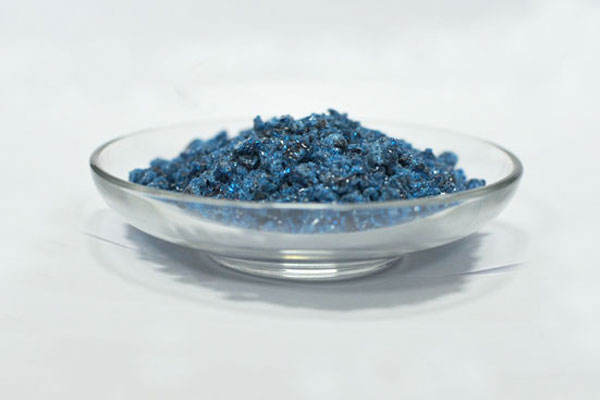Enamel Cover Coat Firing Process
Generally speaking, the firing temperature of enamel cover coat is 20~50℃ lower than that of the ground coat. At the same time, the enamel cover coat is completely melted, while the ground coat enamel only begins to soften. If the ground coat melts too easily, it is likely to penetrate into the enamel cover coat during the firing process. In this case, the enamel cover coat will also change color, and the ground coat penetrates the cover coat to produce black spots and lines, which we commonly call boiling or “pop-off”.

When the cover coat firing temperature is too low, it indicates dimness and sometimes blisters. Once the cover coat is overfired, the colored enamel may change color and the brightness will be impaired. For example, Titanium enamel cover coat will appear blue once the heat is not enough. If it is overfired, TiO2 will be precipitated into rutile, and the enamel will turn yellow. In addition, the gas produced by the combustion of fuel, especially sulfur dioxide (SO2), will cover the surface of the utensil with a film of sulfate. Sometimes the utensil is stored for a long time because of contamination.
Enamelware deformed by heat can be adjusted manually to restore the original shape, but only when it is hot, because the enamel is not hardened and not fragile at this time. In short, if various variables and equipment are used properly during firing, the deformation of the vessel can be avoided.